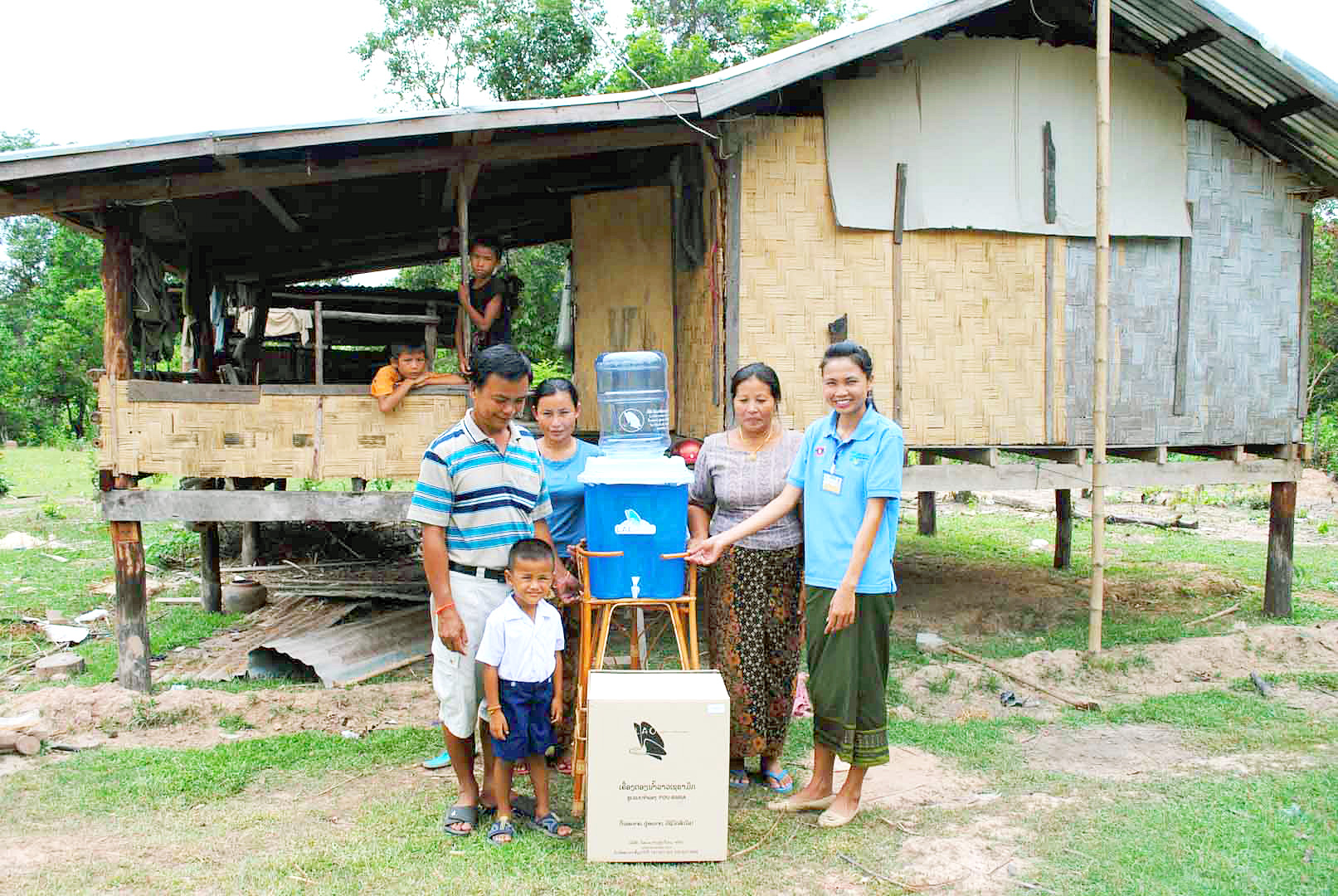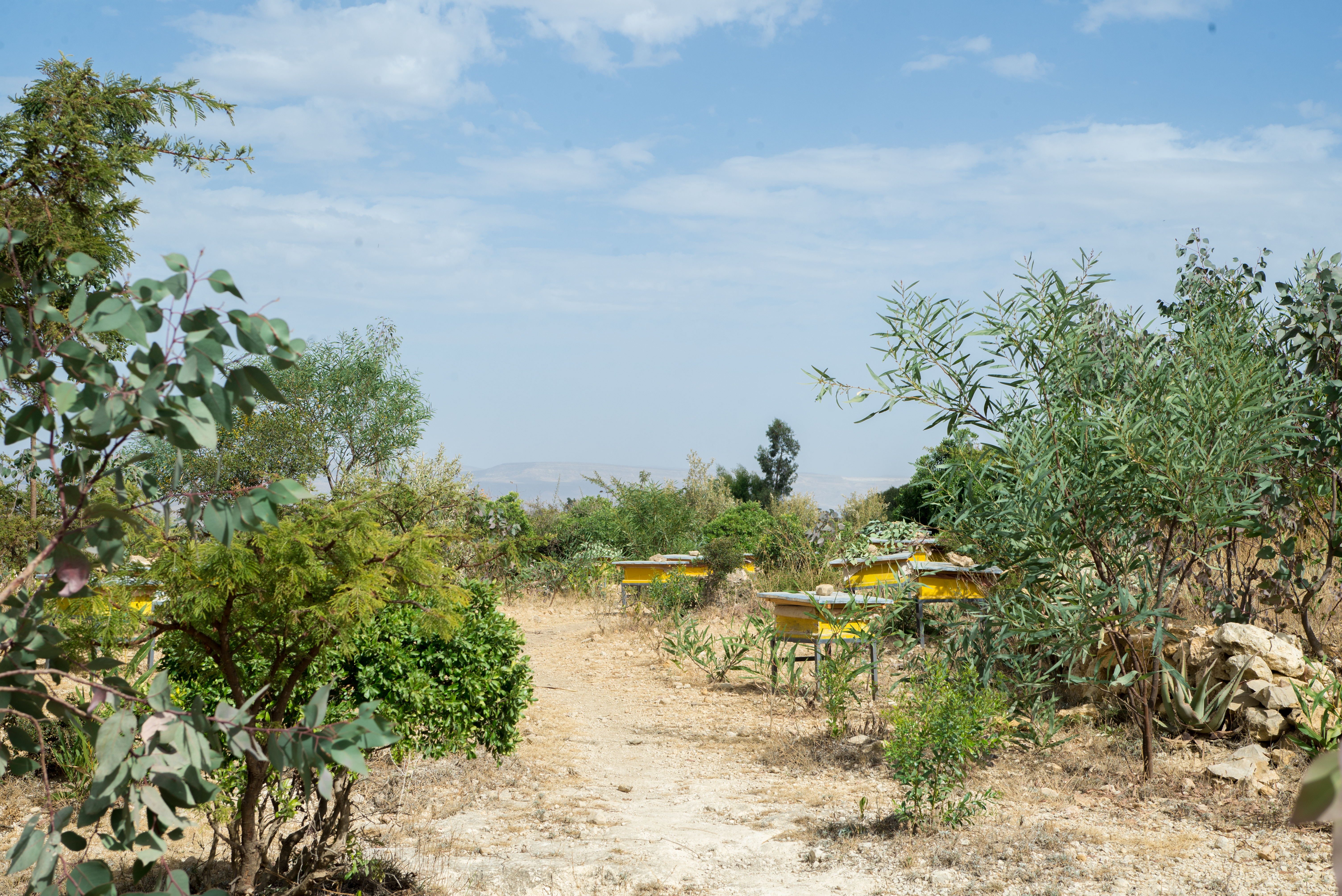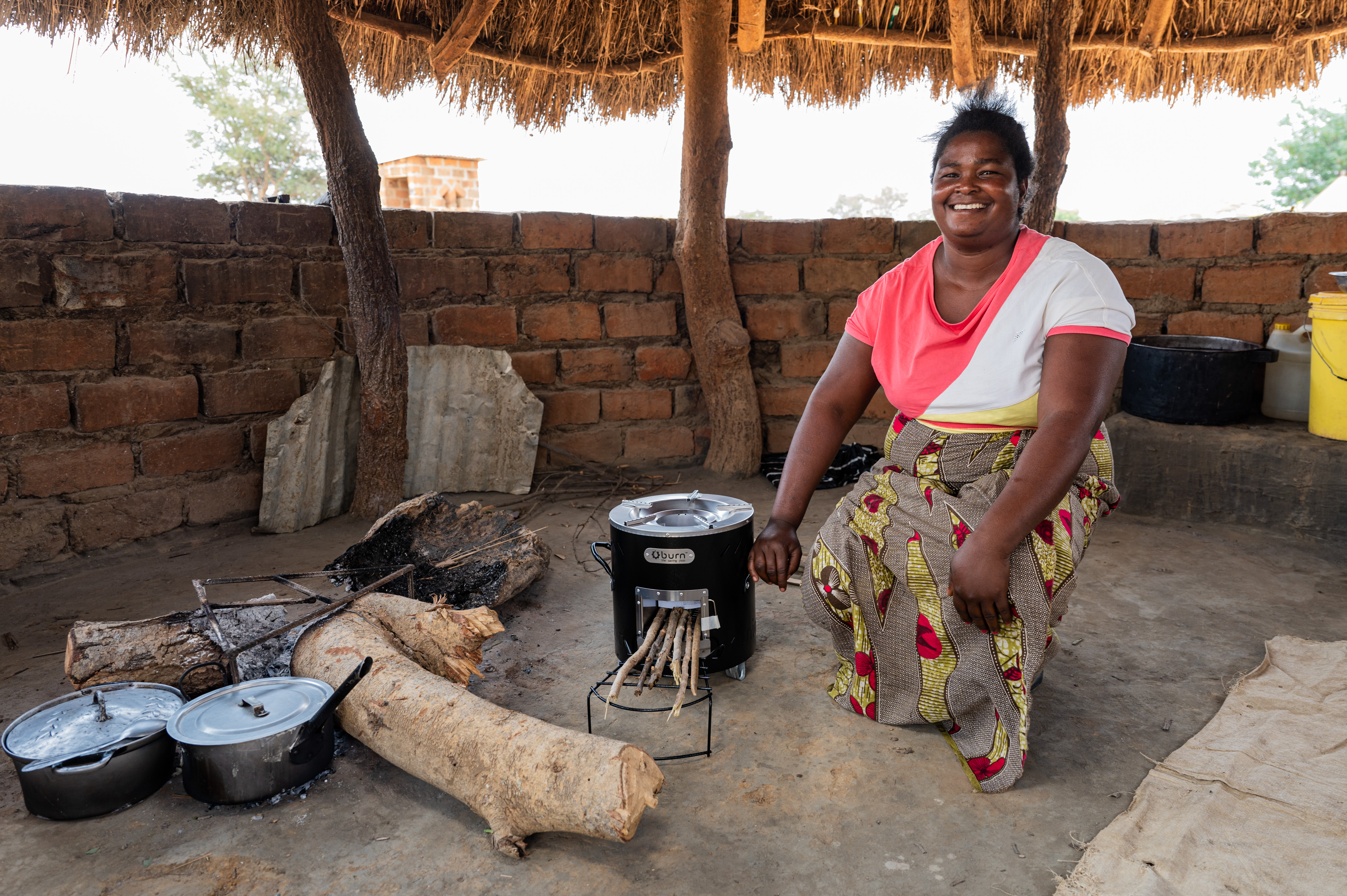Geothermal energy for residential and commercial buildings
During wintertime, some households in Yantai in the Shandong province, China, would still have to use high emission isolated coal-fired boilers if this project has not been implemented. Since the winter season of 2020 newly installed geothermal space heating systems replace the former heating method in some newly built residential and commercial buildings.
A total of 48 thermal wells were constructed including heat substations and heat supply pipelines with a total heating load of 344.20 MW. The new system provides heat to 5,588,600 sqm new residential buildings and about 1,117,500 sqm for new commercial buildings. By providing heat during the winter season with geothermal energy instead of coal saves about 382,540 tonnes of CO2 emissions per year.

Geothermal power plants create emission-free energy from ground heat. The ground heat is used to heat water, and the resulting steam is used to drive turbines. The growth of renewable energy production is essential in limiting global warming and securing energy supplies for the future. The amount of emissions saved by a geothermal project is calculated using the baseline method: how much CO2 would be released by generating the same amount of energy using standard energy production methods for the region? Geothermal energy projects in the ClimatePartner portfolio are registered with international standards.
Explore our projects
Biochar for Climate Action, Healthy Soils, and Better Harvests

A certified climate project combined with additional commitment

Expansion of renewable energy generation in Asia

Ceramic water filters save CO2 and improve health

Improved cookstoves worldwide – for better health and cleaner air

A certified climate project combined with additional commitment

Powering access to renewable energy in Africa

A certified climate project combined with additional commitment

Restored ecosystems remove carbon

Turning degraded farmlands into healthy ecosystems

Improved cookstoves - better for health and the environment
















